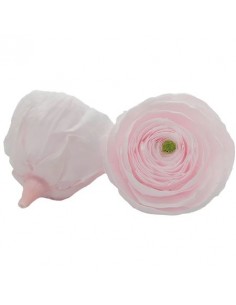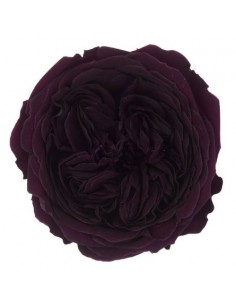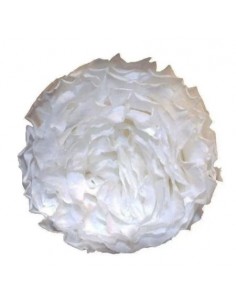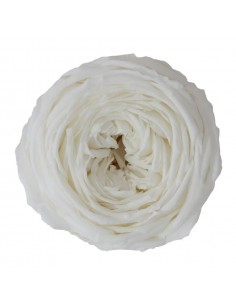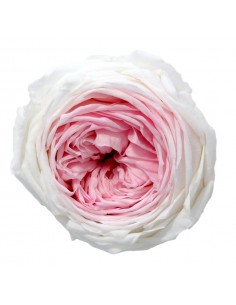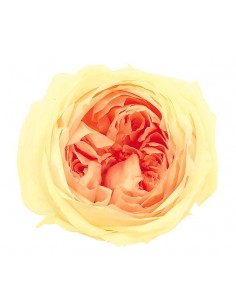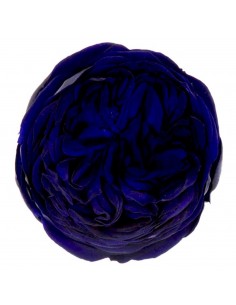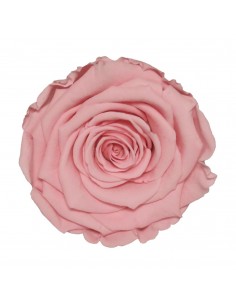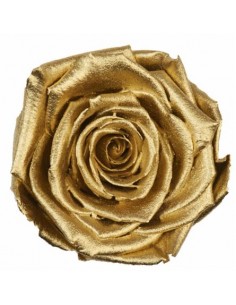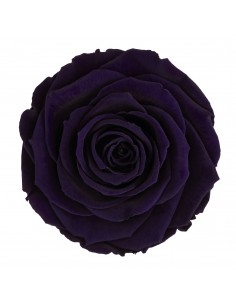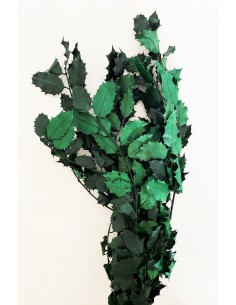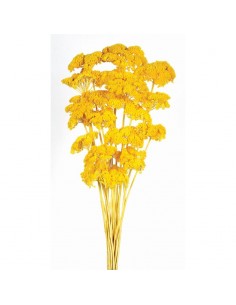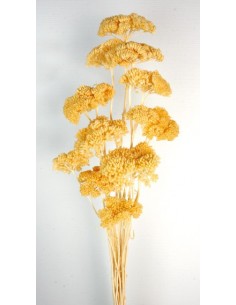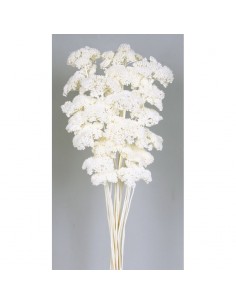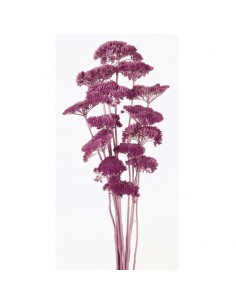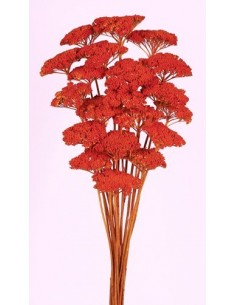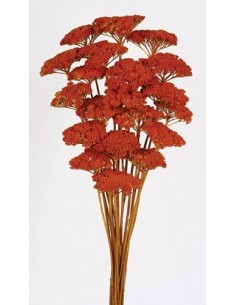Dried and preserved flowers
In the floral decoration there coexist 2 branches, the defenders of the dried flower and the enthusiasts of the preserved flower.
Each one with unique and differentiating characteristics.
Dried flowers wholesale
The flower has its place in our decorations and will continue to play a leading role in the work of the best florists for many years.
The secret of the dried flower is in a romantic contribution and with a vintage aroma that does not go out of style.
On the other hand, if we do not tint it, it offers us a range of colors in autumnal dry leaf style that cannot be achieved with fresh or preserved flowers.
With these browns we will be able to bring sober and autumnal colors to our bouquets, a vintage touch that is so fashionable in our bridal bouquets.
The dried flowers are there, adorning vases, centers, bridal bouquets or headbands alone or accompanying bouquets of natural or preserved flowers.
Dried flowers are subjected to a drying and dehydration process, it can be naturally or in drying chambers where they are subjected to the right temperature to evaporate the water and not destroy or burn the flower.
The dried flower has a great advantage over the preserved one, the drying and manufacturing process is much cheaper than that of the preserved flower, our work when drying flowers is reduced precisely to that, drying, we can paint them or do more treatments later but drying the flower with a little skill will be enough to have a sufficiently elegant work.
Unlike dried flowers, the preserved flower requires a more laborious process, both in terms of labor and material. The dried flowers as a general rule are not filled with artificial sap, unlike the preserved flower, so your process will be lighter not only in labor but in labor time.
Dried flowers have many advantages in common with freeze-dried flowers, including zero maintenance, not attracting insects, and no need to change the water periodically. We can have dried flowers that are not in season or that are not native to our geographical area. On the other hand, we will not have the natural beauty of flowers but rather an elegant, durable but withered version of our favorite flower. For this, the new freeze-drying and drying processes were born, which in this case do allow us to overcome the barrier imposed by dried flowers.
How we dry the flowers.
It is the most common process, we extract the water from the flower inside some chambers in which we will make the greenhouse effect, as we mentioned before, trying to extract the water very carefully since this process in itself damages the flower a lot. A temperature higher than 80ºC would burn and destroy the leaves.
This process is the traditional millennial that was used not only to dry flowers but also for garden products in times that go back thousands of years in which there were no refrigeration systems and it was a necessary process to have some food in winter.
After a few days there will be no trace of water on the flower. The flower will present a withered appearance, beautiful but fragile, with a cardboard touch and, depending on the flower, it will be excessively weak.
This is one of the main disadvantages of dried flowers compared to preserved ones, the enormous fragility of the flower achieved with this process will mean that we cannot dry any flower without the leaves falling off. E
ste process is reserved for few leaves and flowers strong in itself, such as roses, petunias, orchids, tuberose .. Although we can dry any type of flower practice teach us what is most appropriate to our abilities and needs.
Among the advantages of dried flowers we find that they do not attract insects as they are not alive and do not emit pheromones or have nectar or pollen.
Nor will they require any type of maintenance as it is not necessary to water them or change the soil, they are a mere ornament for a vase, centerpiece or bouquet. They will not cause expenses in fertilizer or irrigation.
Preserved flowers are all the rage.
When we cut a rose we would like it to keep its freshness eternally, or when we travel far and see flowers and plants that are not indigenous to our land we would like to take them and keep them in a vase from our house at 1000 KM for a long time. But we all know that flowers come with an implicit expiration date that will be responsible for them to wither and lose their beauty in a few days. It's a bummer to see a majestic bush full of hydrangeas in your cousin's garden in London and know that you can't bring them home and put them in a vase or pot and that they adapt to the desert climate of your town in Almería.
Part of this great problem is solved by the flowers that we will talk about below, the preserved or freeze-dried flower.
Although the first attempts date from the beginning of the 20th century, the modern and current process was born in the 70s with the appearance of the new preservation and drying processes, the current florists always aware of the latest trends and the arrival of the Internet to the masses favored the rise of the eternal flower.
The discovery and desire to decorate with non-native flowers and plants was growing, the most famous social networks dedicated to photography such as Pinterest, Instagram or Flickr showed works, ideas or tips with preserved roses, eucalyptus or orchids of renowned florists and great penetration in social networks, the moment came when everyone discovered the immense potential of preserved flowers.
This boom that has become a standard has led everyone to want to make their own creations based on the work of other designers or create their own path.
How we preserve the flowers.
Preserved flowers have an almost natural appearance, it is a non-trivial process that has been evolving and refining for many years.
The first thing is like the dried flowers is to cut them at the moment we want and introduce them as soon as possible in the treatment chamber.
We may be interested in cutting them very small, in standard size or already open, the way we cut them will be the one that will remain throughout their life.
This process should be done as quickly as possible because we need them to retain all their characteristics. Once the water has been extracted, a solution based on liquid glycerols will be introduced through the sap that will provide the rose with rigidity and flexibility.
By dehydrating the flower and injecting glycerin with dyes, we get preserved flowers of different colors.
This process is very important because depending on the material used we will have better quality flowers. The dyeing process is done by introducing dyes into the same sage. The preserved flower when the water is extracted changes slightly in color.
If we want to slightly vary the color of the flower, we must introduce complementary dyes that allow us to have, for example, green roses, in different shades of red or blue.
Among the advantages of preserved flowers over dry ones is their majesty, they are identical to fresh ones and sometimes even better. We will not need to water them, they will retain part of the flexibility of natural flowers unlike the dry flower that is rigid and fragile.
It will not be necessary to invest in fertilizers, pesticides, insecticides, just passing an air spray over the surface will be enough to maintain its freshness for many years.
The choice is in your hand, rigid, vintage and elegant dried flowers or flexible preserved flowers soft to the touch and with a natural flower appearance.

